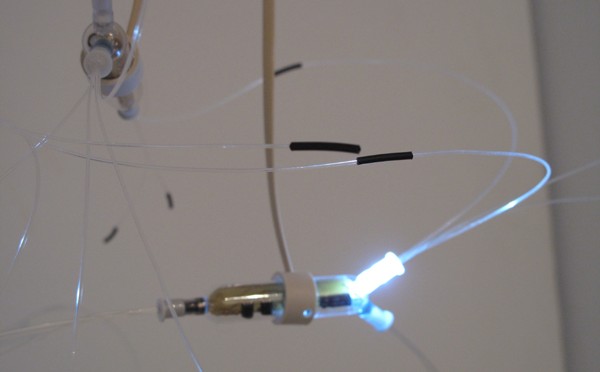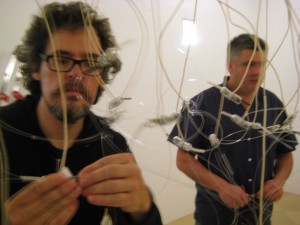
"Critical care" Exhibition in D-Art 2015 Vienna
DIY NEURAL NETWORKS
Augusto ZUBIAGA, Lourdes CILLERUELO, Itsaso MADARIAGA, Miriam PEÑA.
University of the Basque Country UPV/EHU
This workshop will take the form of a collaborative exercise in which opto-elec-
tronic circuits that simulate the functioning of biological neurons will be pro-
duced. Each connected neural unit visibly influences the total network behavior,
making the nature of biological computing perceptible to the participants in a
visible way (neuronal pacemakers, afferent and efferent nerve impulses, reflex
arcs, etc). This system becomes so complex that the immense challenge of trying
to address biological computer keys is evident, thus bringing us closer to an aes-
thetic of the immeasurable, based on analog models that emulate the interaction
between the simple and the complex (neuron and neuronal network, individual
and society). The workshop will include an in-situ demonstration in which a neu-
ron that has an axon and several excitatory and inhibitory synapses that can be
connected via optical fiber will be made physically. Then a set of neurons made
in advance will be offered to participants, so they can experiment with various
connective configurations and draw their own conclusions.
KEYWORDS: DIY Neurons, Complexity, Opto-electronics, Biology.
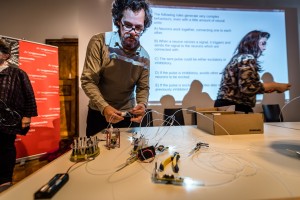
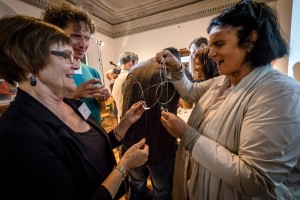
DESIRED PROBLEMS: AN ARTISTIC EXPERIENCE IN
THE FIELD OF NEURAL NETWORKS
Lourdes CILLERUELO, Augusto ZUBIAGA, Miriam PEÑA, Itsaso MADARIAGA.
University of the Basque Country UPV/EHU
New models of educational research must take due account of the progressive
integration of the arts within the framework of the scientific disciplines (STEM
to STEAM). In this context art education practices are understood as sites for
channeling and developing many forms of knowledge and know-how, and artistic
methodologies are viewed as essential for defining criteria of excellence, inno-
vation and technological development. The STE(A)M movement offers a new
conceptual framework that takes ‘desired problems’ as a starting point, and in
which curiosity becomes the driver and guide of knowledge acquisition, and acts
a springboard for exploring multiple solutions in an ongoing quest for person-
al satisfaction. The new model empowers imagination and draws attention to
the process of experimentation, or ‘making’. In this presentation we describe the
practice of designing and developing neuron prototypes, using simple low-tech
resources that are easily replicated across learning environments. This project
enabled us to understand how simple neurons are, and how to configure the
networks found in biological organisms in different ways. It has also encouraged
production of pieces of technological art and provided material for reflection
and development in scientific publications.
KEYWORDS Cross-Disciplinary Practice, Making,
Curiosity-Driven Learning.
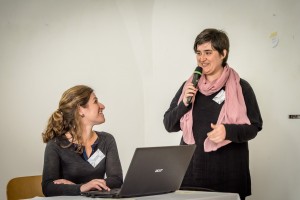
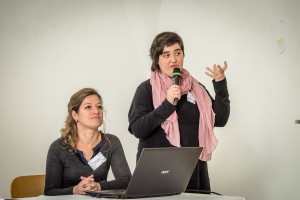
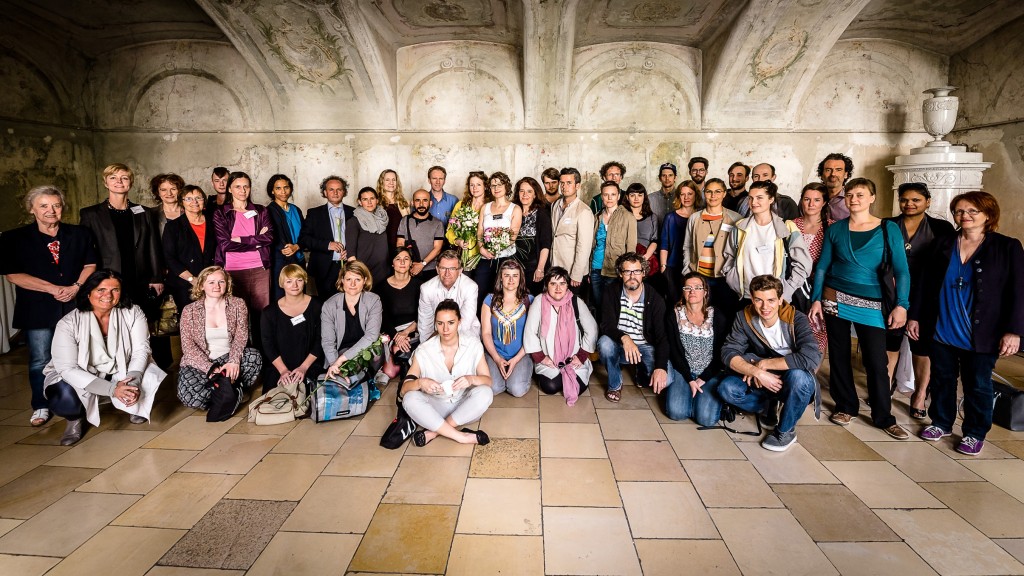
Booklet_D-ART VIENNA 2015
